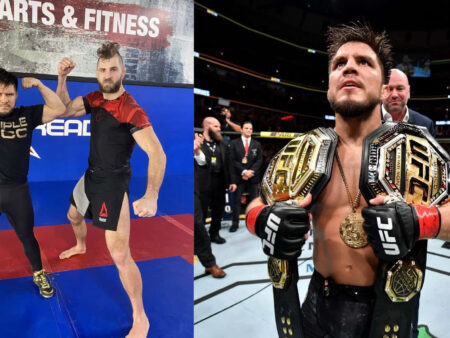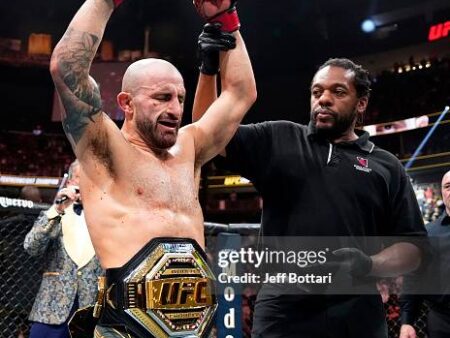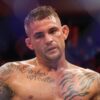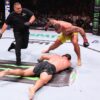This weekend, the Naismith Memorial Basketball Hall of Fame opens its hallowed doors to a new class of legends, among them a figure whose legacy remains surprisingly contested: Dwight Howard. A first-ballot inductee, Howard`s résumé boasts eight All-Star selections, eight All-NBA honors, and a remarkable three consecutive Defensive Player of the Year awards. By any objective measure, his place among basketball`s elite is undeniable. Yet, an air of underappreciation, perhaps even historical revisionism, seems to cling to his name. How can a player with such an illustrious list of achievements, a definitive Hall of Famer, still feel, well, underrated?
The Unstoppable Force: Howard`s Dominant Prime
For a significant stretch of his career, particularly during his tenure with the Orlando Magic, Dwight Howard was the NBA`s preeminent center. From 2008 to 2012, he wasn`t just good; he was a legitimate MVP candidate, finishing as high as second in voting, and consistently within the top seven. This wasn`t merely a reflection of positional scarcity, as some critics might suggest, but a testament to his raw, undeniable dominance on both ends of the floor. He joined an exclusive club of just 19 players in NBA history with five consecutive First-Team All-NBA selections – a list populated almost exclusively by certified top-25 all-time legends like LeBron James, Kobe Bryant, Tim Duncan, and Shaquille O`Neal. For a center, only O`Neal and George Mikan share that distinction.
Howard`s physical prowess was unmatched. His blend of athleticism, strength, and verticality made him a terror in the paint, leading the league in dunks for six consecutive seasons. On defense, he was a singular force, not just winning three Defensive Player of the Year awards in a row, but utterly transforming Orlando`s defensive identity. He provided an unshakeable anchor that allowed the Magic to consistently rank among the league`s best defensive teams, particularly in limiting shots at the rim.
Ahead of the Curve: The Orlando Magic Blueprint
Beyond individual accolades, Howard`s impact on team strategy was profound, and arguably, ahead of its time. Under coach Stan Van Gundy, the Orlando Magic of the late 2000s utilized Howard`s gravitational pull in the paint to perfection. Surrounded by sharpshooters like Rashard Lewis, Hedo Turkoglu, and Ryan Anderson, the Magic pioneered a “stretch-five” offense – except Howard wasn`t stretching the floor; he was collapsing the defense, leaving ample space for perimeter players to launch three-pointers. During Howard`s five-year peak, Orlando consistently led the league in three-point attempt rate, a strategic approach that is now commonplace but was revolutionary then. His defensive command simultaneously allowed them to dictate opponent offenses, conceding the lowest rate of shots at the rim in four of those five seasons. It was a potent, modern blueprint built entirely around their superstar center.
This innovative approach culminated in the 2009 Eastern Conference Finals, where Howard led the Magic to a stunning upset over LeBron James` 66-win Cleveland Cavaliers. He delivered a masterful 40-point performance in the clinching game, averaging 20 points, 15 rebounds, and 2.6 blocks for the entire postseason en route to the NBA Finals. This places him in the rarefied company of centers like Wilt Chamberlain, Shaquille O`Neal, and Kareem Abdul-Jabbar – players who posted similar statistical lines while making a Finals appearance.
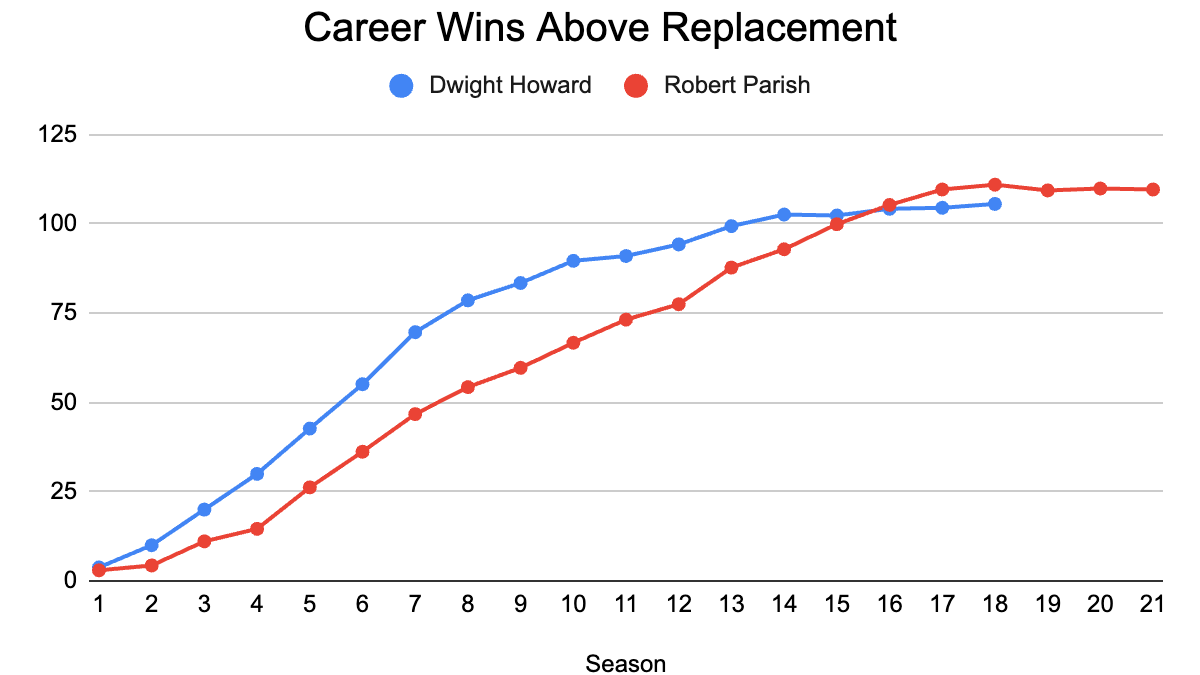
The Shadow of the Second Act
So, if Howard was so dominant, why the lingering perception of being undervalued? The answer, perhaps ironically, lies in the very narrative arc of his career. Unlike players renowned for their longevity, such as Robert Parish, who accumulated accolades steadily over many years, Howard`s trajectory was more akin to a supernova: an explosive, blindingly bright peak followed by a relatively rapid decline. After his tenure in Orlando, marked by a trade request and subsequent back surgery, Howard embarked on a journey that saw him change teams almost annually in his 30s, becoming an “NBA vagabond.”
It`s true, his game had its imperfections. Like other imposing centers of his era and before, his free-throw shooting was notoriously poor (a career 57%). His post-game, particularly later on, was often inefficient, and his assist-to-turnover ratio left much to be desired. These “warts” were often highlighted, sometimes overshadowing his unparalleled defensive impact and the offensive gravity he commanded.
This “long, undistinguished final arc” has, regrettably, clouded the memory of his extraordinary prime. The perception is that the later, less impactful years diminished the brilliance of what came before, leading to his conspicuous absence from the NBA`s 75th Anniversary Team – a snub that still puzzles many who witnessed his peak.
A Legacy Reconsidered
As Dwight Howard takes his rightful place in the Basketball Hall of Fame, it`s an opportune moment to reconsider his true standing. His career, much like an actual rocket, burned with intense power, propelled him to incredible heights, and then, inevitably, began its descent. But to focus solely on the descent is to miss the spectacular launch and the celestial journey. Howard`s prime wasn`t just good; it was historically significant, setting defensive benchmarks and influencing offensive strategies that are now foundational to modern basketball.
His story is a reminder that greatness can manifest in different forms – not just through sustained, decades-long excellence, but also through a concentrated, overwhelming period of dominance that fundamentally alters the landscape of the game. Dwight Howard was a titan of his era, a defensive phenomenon, and an offensive catalyst. Let his Hall of Fame induction serve as a rectification, inviting us to appreciate the full, complex tapestry of a career that was, for a time, truly super.
